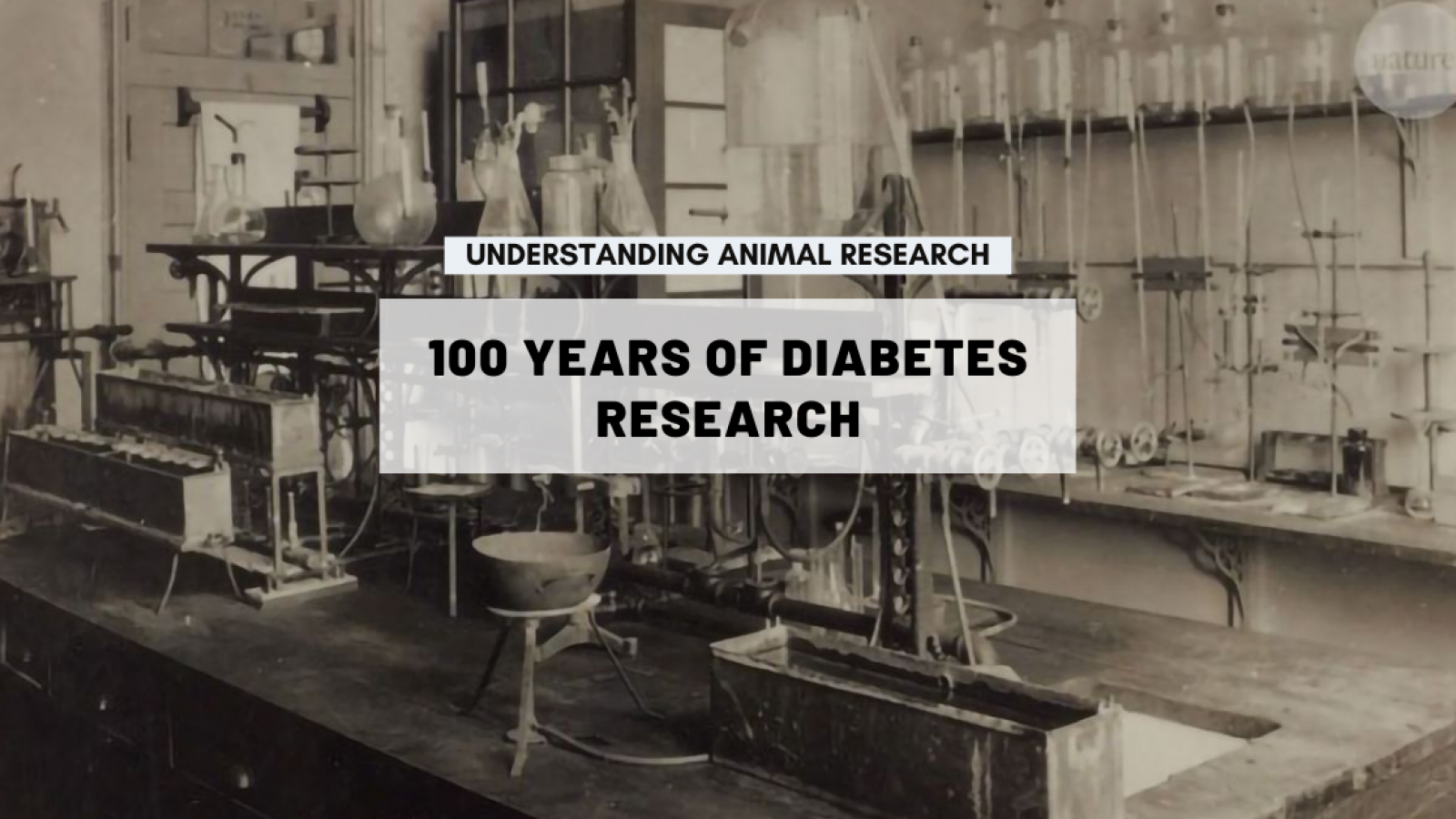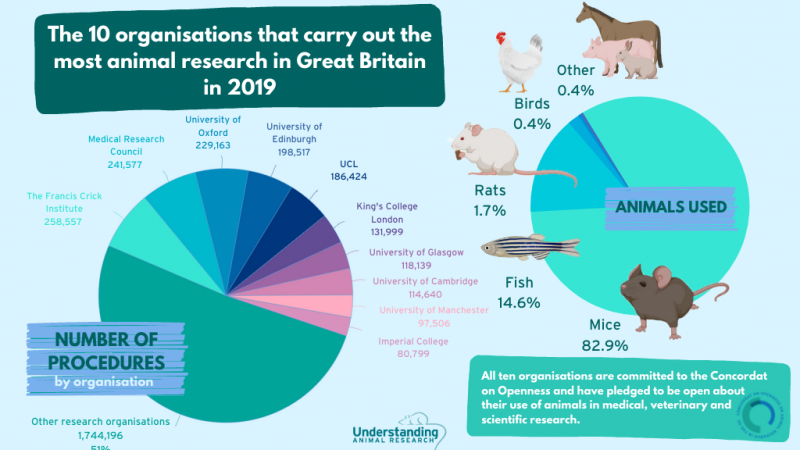2021 marks the 100th anniversary of the discovery of insulin, the world's first life-saving treatment for diabetes. It transformed patient care forever.
Before the discovery of insulin, the lives of people with diabetes were cut short. The discovery of insulin in 1921 turned diabetes from a death sentence to a chronic condition.
The discovery of insulin
Researchers had been looking into the cause of diabetes from as early as the 18th Century. Joseph von Mering and Oskar Minkowski had notably showed that removing the pancreas from a dog produced the debilitating condition. They demonstrated for the first time that the organ was responsible for producing an anti-diabetic factor which enabled the body to control blood sugar use.
Named insulin by Schafer in 1915, it took several years before this factor could be isolated.
Frederick Banting and Charles Best began their classic experiments using insulin in 1921. By the end of the year they had showed that extracts from the pancreas reduced blood sugar. This was due to the removal of sugars from the urine of dogs whose pancreas had been removed, the usual animal model of diabetes. However, as previous researchers had discovered, the extracts were toxic, causing a serious fever in both the dogs and diabetic patients.
The biochemist James Collip joined their team and prepared insulin from the pancreas' of cows and pigs which was pure enough to eventually allow Banting and Best to treat diabetes. He used alcohol to extract insulin, producing several different protein solutions. To find out the amount of insulin present in each solution, he measured their activity by injecting each solution into rabbits and monitoring their blood sugar levels. Collip developed a measure of activity based on the ability of the extract to lower blood sugar in the rabbit which was used to standardise extracts. Collip, Banting and Best’s extracts were used successfully in dogs and then in patients in 1922 with dramatic results.
Leonard Thompson, a 14-year-old boy who weighed just over 29 kilos, becomes the first person with diabetes to be treated with insulin. The paper was described by the British Medical Journal as a "magnificent contribution to the treatment of diabetes" and brought hope for the first time to patients.
Banting received the 1923 Nobel Prize for this achievement, along with John Macleod, Dean of the faculty of medicine, who oversaw his work.
“If the discovery of insulin had occurred nowadays, the process would have been massively sped up. We would have used recombinant technologies straight away to engineer a human version of the hormone very quickly and cheaply in the lab, in a way that wouldn’t have relied on animals,” says Dr Misra Shivani, Clinical Senior Lecturer at Imperial College London.
Insulin: a spark for ground-breaking innovations
For a long time, people living with diabetes depended on animal (usually bovine or porcine)-derived insulin to cope with their disease. But unfortunately, the solution wasn’t perfect. Some people with type 1 diabetes developed antibodies to animal insulin.
Fortunately, the discovery of insulin ignited a century of further ground-breaking innovations in diabetes care that have since improved and saved countless lives.
In 1946, Hans Christian Hagedorn discovered NPH (Neutral Protamine Hagedorn) insulin which prolongs the effects of insulin. This meant that people living with diabetes could have fewer injections.
From 1980, technological advances meant that ‘human’ insulin became available, albeit grown in bacteria. It was the first therapeutic protein to be created using recombinant DNA technology which allowed it to be highly purified and produced in unlimited quantities. This greatly expanded the access to care for people living with diabetes.
Around the same time, it also become clear, based on in vivo and clinical observations, that there are several types of diabetes. And that medical innovations and treatments should address the different types distinctively.
With the 80s also came improved medical devices. First developed in the 1960s, insulin pumps become widely available. They ensured patients could benefit from insulin when and where they required it, throughout the day. In 1985, the insulin pen, particularly, improved the quality of life for people living with diabetes by eliminating the need for cumbersome glass syringes.
More effective insulin formulations
As the years progressed, so did insulin formulations. In 1996, insulin analogs were first introduced. These rapid-acting, long-acting and premixed formulations, closely mimic the body’s natural pattern of releasing insulin. But they have modifications that ensure more predictable absorption. This makes it easier for people to plan around mealtimes, avoid low blood sugar levels and reduce the risk of weight gain.
“There are a combination of short acting and long acting insulin analogs for people with type 1 diabetes. Fine tuning and tweaking those analogs have led to some nice advancements in the way that insulin is absorbed,” adds Misra.
Treating type-2 diabetes
In type 1 diabetes, the body stops producing insulin. In type 2 diabetes the body fails to regulate and use sugar (glucose) as a fuel effectively, even though insulin is still produced.
In 2005 two new treatment options for type 2 diabetes appeared: GLP-1 agonists, and later SGLT-2. These drugs derived from the venom of the Gila monster, a venomous lizard native to the Southwestern United States and the northwest of Mexico, and work by enhancing the natural secretion of insulin while also reducing appetite and food intake.
The lizard protein is approximately 50% identical to a hormone released from the human digestive tract that helps regulate insulin but remains effective much longer than the human counterpart. In 2019, an oral version of the treatment became available to patients. This has been a major breakthrough that further expands treatment options. This innovative tablet eliminated the need for injections – a welcome relief for many patients.
Looking to the future
“The accumulation of data has been really important,” explains Dr Aileen King senior Lecturer in pharmacology at King’s College London. “I don’t think there have been that many “eureka” moments since the discovery of diabetes and insulin. Every individual researcher has added a little information at a time, their contribution to improve our understanding of the disease and patient care. Together, one question at the time, they have collectively chipped away at the problem”.
Based on over 20 years of research and laborious work, researchers are, for example, inching nearer to stem cell therapies to treat diabetes. But like most progress, this didn’t happen overnight.
King adds: “In the last 100 years, we’ve found absolutely loads about diabetes. But it remains a complicated, multifactorial disease. We need multiple scientists, working on multiple aspects, trying to put the pieces together. Animal research is still a big part of that equation. We need to look at whole organisms because diabetes can just as much involve the pancreas than the immune system (for type 1), the muscles or the liver. And even once you start understanding what is causing the disease, turning the information into an actual treatment can be tricky. If it were simple, we would have found a cure a long time ago.”
Despite a century of science that has advanced from soup like extracts of animal organ to genetically engineered compounds, we still await a cure for diabetes. We can however expect treatments for the condition to carry on improving.
Last edited: 14 March 2022 15:08




